There are some interesting R packages that implement nonparametric derivative estimation. The short review of Newell and Einbeck can be helpful: http://maths.dur.ac.uk/~dma0je/Papers/newell_einbeck_iwsm07.pdf
Here we consider an example based on the pspline package (smoothing splines with penalties on order m derivatives):
The data generating process is a negative logistic models with an additive noise (hence y values are all negative like the ROIC variable of @ForeverLearner) :
set.seed(1234)
x <- sort(runif(200, min=-5, max=5))
y = -1/(1+exp(-x))-1+0.1*rnorm(200)
We start plotting the nonparametric estimation of the curve (the black line is the true curve and the red one the estimated curve):
library(pspline)
pspl <- smooth.Pspline(x, y, df=5, method=3)
f0 <- predict(pspl, x, nderiv=0)
Then, we estimate the first derivative of the curve:
f1 <- predict(pspl, x, nderiv=1)
curve(-exp(-x)/(1+exp(-x))^2,-5,5, lwd=2, ylim=c(-.3,0))
lines(x, f1, lwd=3, lty=2, col="red")
And here the second derivative:
f2 <- predict(pspl, x, nderiv=2)
curve((exp(-x))/(1+exp(-x))^2-2*exp(-2*x)/(1+exp(-x))^3, -5, 5,
lwd=2, ylim=c(-.15,.15), ylab=)
lines(x, f2, lwd=3, lty=2, col="red")
